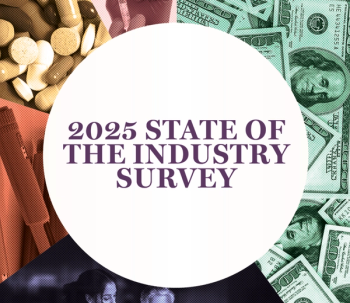
Stat, Applied XL: COVID-19 Trials Too Small to Give Clear Answers
Almost 40% of trials are designed to have fewer than 100 patients.
An analysis of COVID-19 treatment and prevention trials found that many of the 1,200 studies underway won't produce clear results because they are too small or flawed in other ways.
"It's a huge amount of wasted effort and wasted energy when actually a bit of coordination and collaboration could go a long way and answer a few questions,"
Stat, the Boston-based biotech news website, and
The Stat-Applied XL project found that 39% of the studies are designed to enroll fewer than 100 patients. Statistically siginficant results in studies that size can be difficult to achieve. The analysis also found that a sixth of the trials are of the malaria drugs, hydroxychloroquine and chloroquine. So far, neither have been shown to be effective as COVID-19 treatments. The Stat story notes that 237,000 of the 685,000 of the patient volunteers were to be enrolled in trials of hydroxychloroquine and chloroquine.
"Since patients willing to enter studies are one of the scarcest resources in medicine, this means that other potential treatments, such as ivermectin and favipavir, were not studied," says Stat.
The story points out, though, that researchers have had some success in sorting out which COVID-19 interventions work and which do not. The prime example is the RECOVERY trial, of which Landray is one of the chief investigators. Results from RECOVERY identified dexamethasone, an inexpensive corticosteroid, as effective in reducing mortality among COVID-19 patients put on ventilators.
Newsletter
Get the latest industry news, event updates, and more from Managed healthcare Executive.






















































